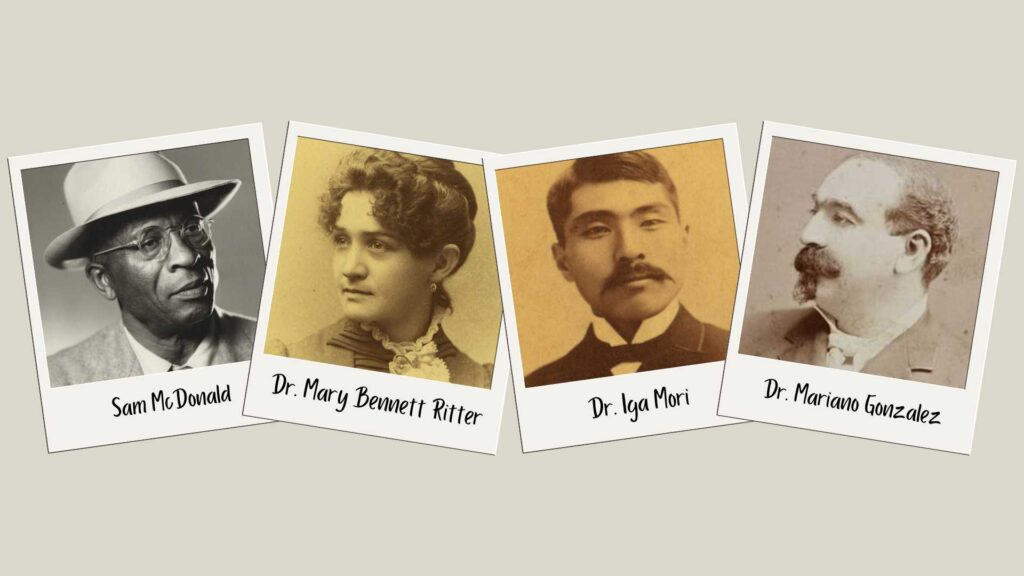
American Archives Month
October is American Archives Month. We’ve asked Drew Bourn, our resident Historical Curator, his thoughts on: how you learn about the history of anything?
Maybe you look things up online (like the National Library of Medicine’s exhibit on Frankenstein), or maybe you read a book (like Rebecca Skloots’ The Immortal Life of Henrietta Lacks), or watch a documentary (like Spike Lee’s When the Levees Broke). Maybe you see something that tells history while using a little artistic license, like Lin-Manuel Miranda’s musical “Hamilton” or Shonda Rhimes’ television show “Bridgerton.”
All of these things have something in common. They are all based – at least in part – on original historical evidence. The place where you can find that kind of evidence is in archives.
The Stanford Medical History Center in Lane Library is one such archive. The original historical evidence in our collections includes personal papers, rare books, and institutional records. We have diaries, blueprints, historical photographs, theses that Stanford medical students wrote more than a hundred years ago, old maps, and much more. One example of our holdings is the personal papers of Dr. Robert Reid Newell, who led Stanford’s Department of Radiology during WWII and later consulted for the US government in nuclear weapons testing. The Stanford Medical History Center’s processing archivist, Riain Ross-Hager, has recently prepared this collection for researchers; you can read his description of the collection on the Online Archive of California.
To learn more about the Medical History Center’s resources and services, please contact the Historical Curator, Dr. Drew Bourn, at dbourn@stanford.edu